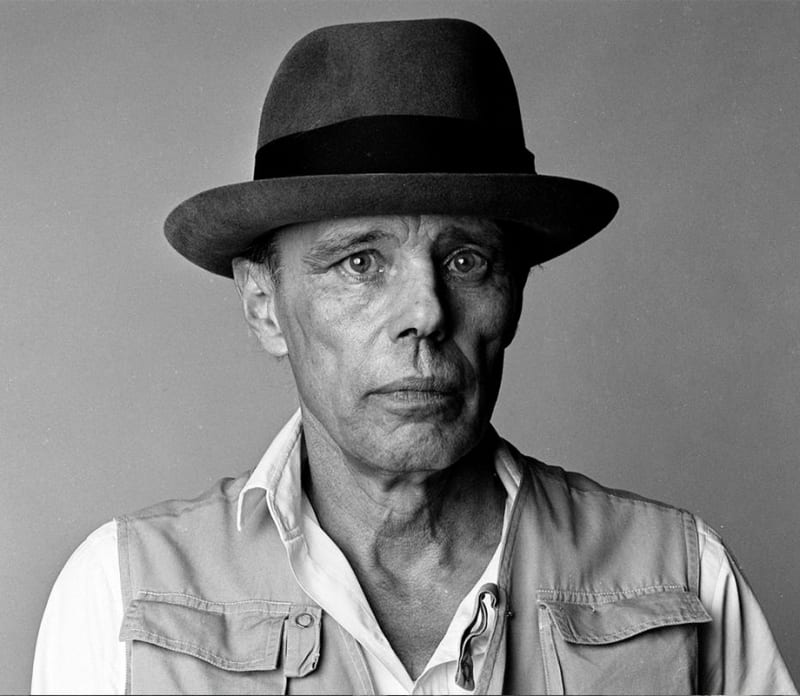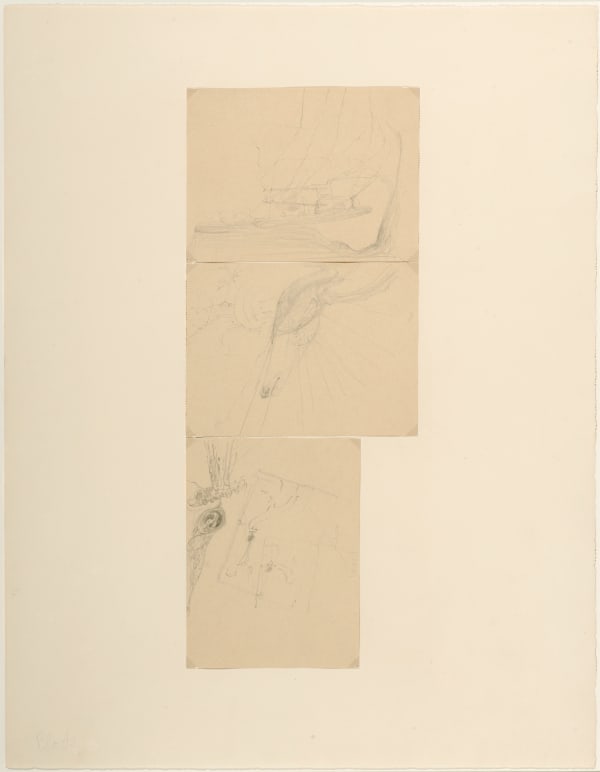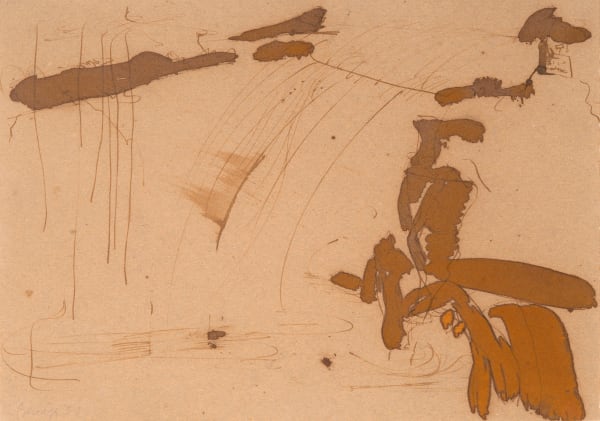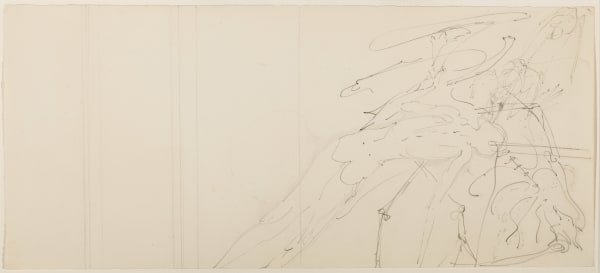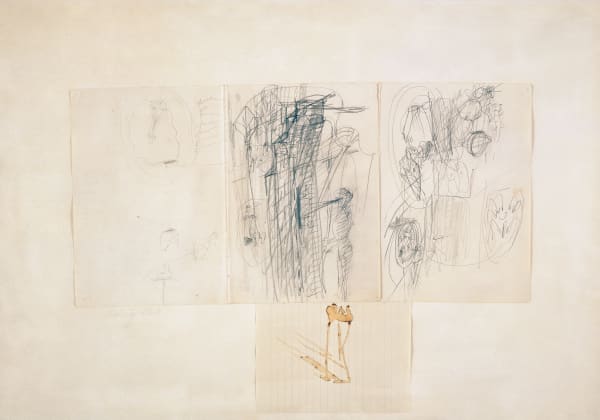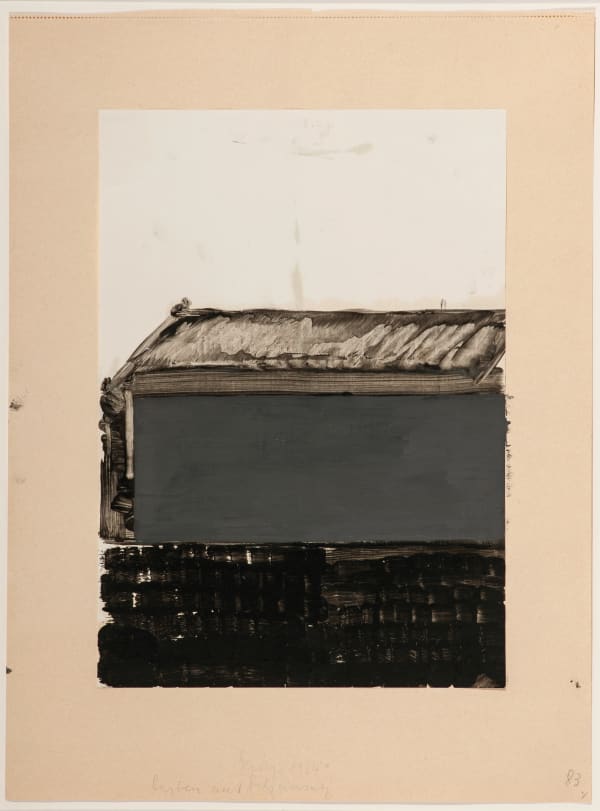JOSEPH BEUYS German, 1921-1986
"The only revolutionary force is the force of human creativity - the only revolutionary force is art."
Joseph Beuys was a leading German Conceptual and performance artist. Known for his highly original and controversial themes, his practice of “social sculpture” attempted to make art more democratic by collapsing the space between life and art. His work I Like America and America Likes Me (1974) remains a seminal piece of performance art. In the work, Beuys, over the course of three days, locked himself in a room with a live coyote, armed only with layers of felt and a cane. “Every human being is an artist, a freedom being, called to participate in transforming and reshaping the conditions, thinking and structures that shape and inform our lives,” he once mused. Born on May 12, 1921 in Krefield, Germany, Beuys fought in World War II and was injured in a plane crash in 1943, an experience that would feature heavily in his future artistic practice. He enrolled in the Kunstakademie Düsseldorf in 1947, and after being appointed professor of monumental sculpture at the school in 1961, he joined the Fluxus group along with Nam June Paik and George Maciunas, only to leave the movement four years later. He performed in his first documenta exhibition in the early 1960s, and was dismissed from his teaching appointment in 1972 after accepting students who were previously rejected from the Akademie. Beuys died January 23, 1986 in Düsseldorf, Germany at the age of 64. Today, the artist’s works are held in the collections of the Art Institute of Chicago, The Museum of Modern Art in New York, the Tate Gallery in London, the Hamburger Banhof in Berlin, and the Kunstmuseum Basel, among others.
-
 JOSEPH BEUYSHirsch im Gewitter, 1950Pencil on paper65,5 x 50,5 cm
JOSEPH BEUYSHirsch im Gewitter, 1950Pencil on paper65,5 x 50,5 cm
25 5/8 x 19 3/4 in -
 JOSEPH BEUYSUntitled, 1951Iron hydroxide on paper20,8 x 29,2 cm
JOSEPH BEUYSUntitled, 1951Iron hydroxide on paper20,8 x 29,2 cm
7 7/8 x 11 3/8 in -
 JOSEPH BEUYSToter Mann auf Hirschskeletten, 1955Pencil on paper22,5 x 50 cm
JOSEPH BEUYSToter Mann auf Hirschskeletten, 1955Pencil on paper22,5 x 50 cm
8 5/8 x 19 3/4 in -
 JOSEPH BEUYSUntitled, 1960Pencil and rabbit blood on paper41,5 x 59,4 cm
JOSEPH BEUYSUntitled, 1960Pencil and rabbit blood on paper41,5 x 59,4 cm
16 1/8 x 23 1/4 in -
 JOSEPH BEUYSKasten mit Filzeinsatz, 1964Oil on paper40,3 x 30 cm
JOSEPH BEUYSKasten mit Filzeinsatz, 1964Oil on paper40,3 x 30 cm
15 3/4 x 11 3/4 in
